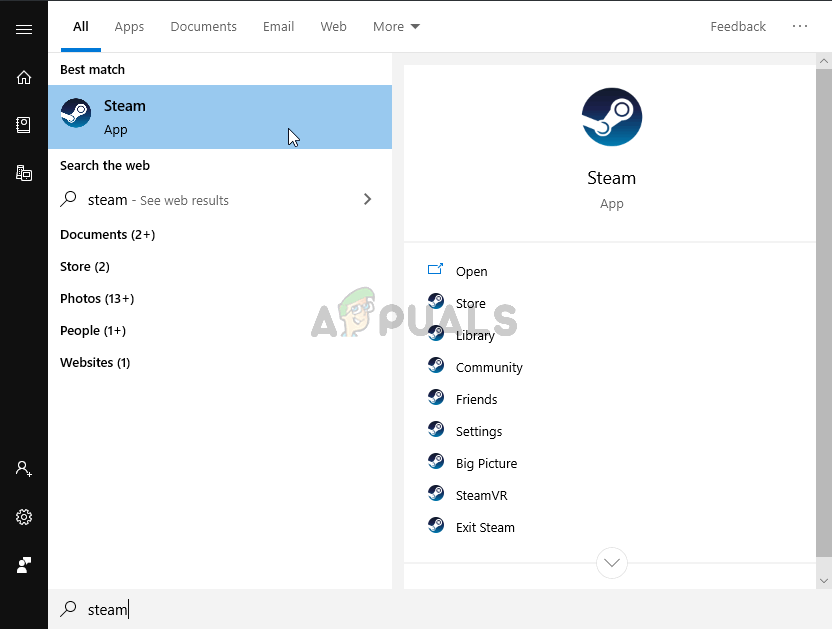
Press the Enter key.Ĭheck if the problem still exists. On the command line, type ipconfig /flushdns.In the dialog box, type cmd to display the command line. After completing the above steps, press the Windows + R key to reopen the Run window.Note that after this action Steam will ask you to reconnect with your login credentials. Make sure you know if you qualify for Steam before you proceed. Steam will display a small window to confirm your action.In the dialog box, type steam://flushconfig.One way to solve this problem is to try resetting your internet settings and configuration. After stopping, click on the Startup type option.Click on the service and you will be redirected to its properties.If Windows Update uses most of your resources, it means that it is enabled and running. Scroll down to where you see the Windows Update service. A window will open showing all the services that are or have been running on your Windows.Press Windows + R and type in the services.msc dialog box.We can deactivate it through the service option to reduce consumption. Basically, updating Windows consumes a lot of RAM and disk space for writing. When the operation is complete, you can see which program is causing the malfunction.100%, it means that the problem is different and you can continue to log it. Click on the Process tab and check the percentage of disk usage.Press Windows + R to call up Task Manager.If your drive is in the process of copying another file, the Steam process may be paused as it waits for the current task to complete. Save your changes and exit to restart Steam.Ĭheck if there is still a problem with loading steam. In the LAN settings, clear the Automatically detect settings check box.Click the Connections tab, and then click LAN Settings.Press Windows + R to open the Startup application.

Save the changes and exit, then restart Steam. Disable the Automatically detect settings option.When you open the settings, click on the Connections tab at the bottom of the LAN settings tab.In the search results, select the result with the title Open Proxy Settings.After opening the settings page, enter a proxy in the top dialog box.After the drop-down list appears, click the Settings button.Open the Chrome browser and click on the Chrome menu (top right) when you open it.Below are the recommended troubleshooting steps to follow to resolve this issue. Several factors can cause this particular problem, from corrupted cache data to DNS configuration issues.

This allows you to update the operating system, remove corrupted temporary data and fix most software problems quite effectively. Before following the recommended troubleshooting steps for this particular problem, try restarting your computer.


 0 kommentar(er)
0 kommentar(er)
